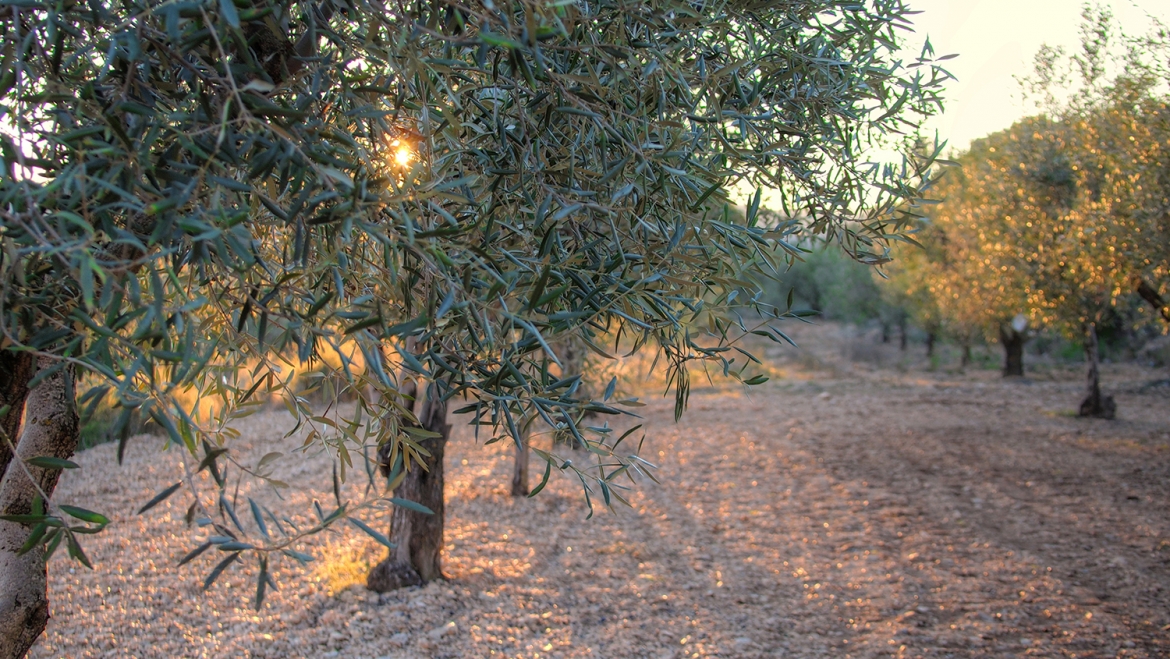There are many myths surrounding olive oil. Here are some important facts about this “liquid gold”:
- If properly stored, olive oils have a shelf-life of at least 18 and often up to 24 months.
- Olive oil should ideally be stored in a dark place and at temperatures between 10º and 16º, in order to achieve this degree of durability.
- Due to its natural antioxidants, olive oils are more heat-stable than the majority of other oils.
- Olive oil flocculates in the fridge and at temperatures below +7°C. This does not lead to a decrease in quality, yet it should be luke-warmed to room temperature before use until it is clear again. This is the result of the snow-flake like crystals of wax from the olive’s skin, which become solid at such temperatures, and so a very natural element of the oil.
- A good olive oil is recognisable by its extreme freshness, it smells like grass, fruit scents, green tomatoes or artichokes.
- The oil should be golden yellow to green in colour – experts say it should “glow”! In terms of consistency, it should be medium to liquid and slightly transparent, as it is only filtered with little pressure. A bad oil, on the other hand, is faint in colour and thick to viscous.
- The Portuguese word for olive oil „Azeite“ originates from the Arabic „Az-zait“ and means the juice of the olive.
- Olives are like tender flowers: they should be picked with nets and by using compressed air or by hand, and then pressed as soon as possible.
- The olives are carefully harvested and cold-pressed, in order to preserve the freshness and originality of the oil.
- Depending on climate, soil, harvest year and olive variety, olive oil unfolds a richness of flavour that mirrors that of wine and is not to be found in any other edible oil.
- The German Society for Nutrition recommends olive oil as the first choice for frying and deep-frying, yet it should not be burned, as is the case with other oils.
- Olive oil is a natural product with any different constituting elements:
-
- Fatty acids: Olive oil has an especially high content of monounsaturated fats
- Vitamin E
- Virgin olive oil is very nutritionally rich. It contains copious amounts of Vitamin E and K.
- Polyphenols: These poignant and bitter substances are also highly appreciated by connoisseurs. Moreover, they are known for their anti-inflammatory and cancer-preventing properties.
- Chlorophyll: The colouring constituent of leaves (and olives) also lends the oil its green hue.
- Wax: This is what causes the snowflake-like crystals in the cooled olive oil.
- Alcohol and esters from the fruit: These endow the oil with its very own note. Its composition differentiates itself as do for wines, the factors location, variety, ripeness and vintage year.
-
-
- An olive tree carries approximately 5070kg of olives per year. From this amount of olives, around five to 10 litres of olive oil are claimed.




